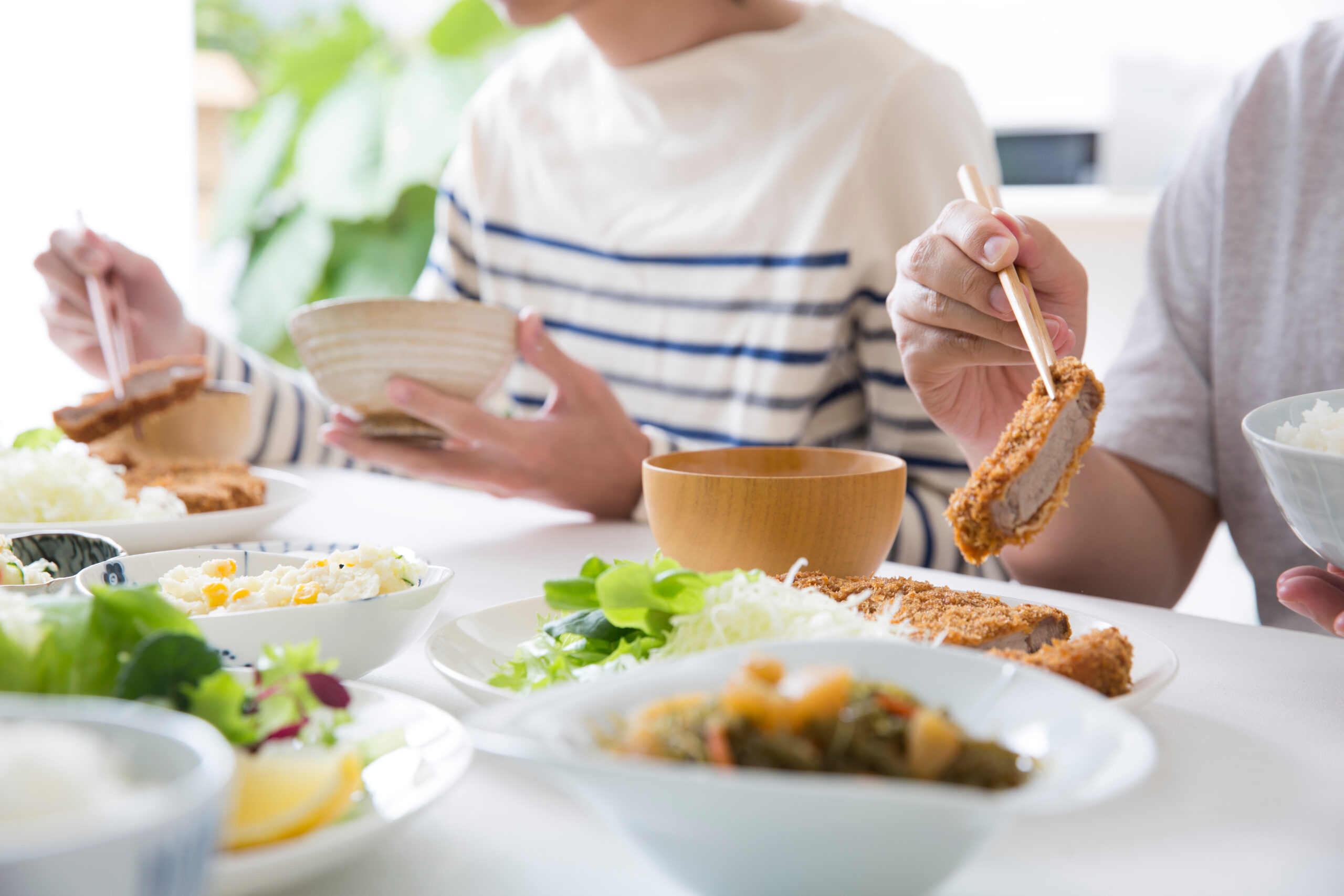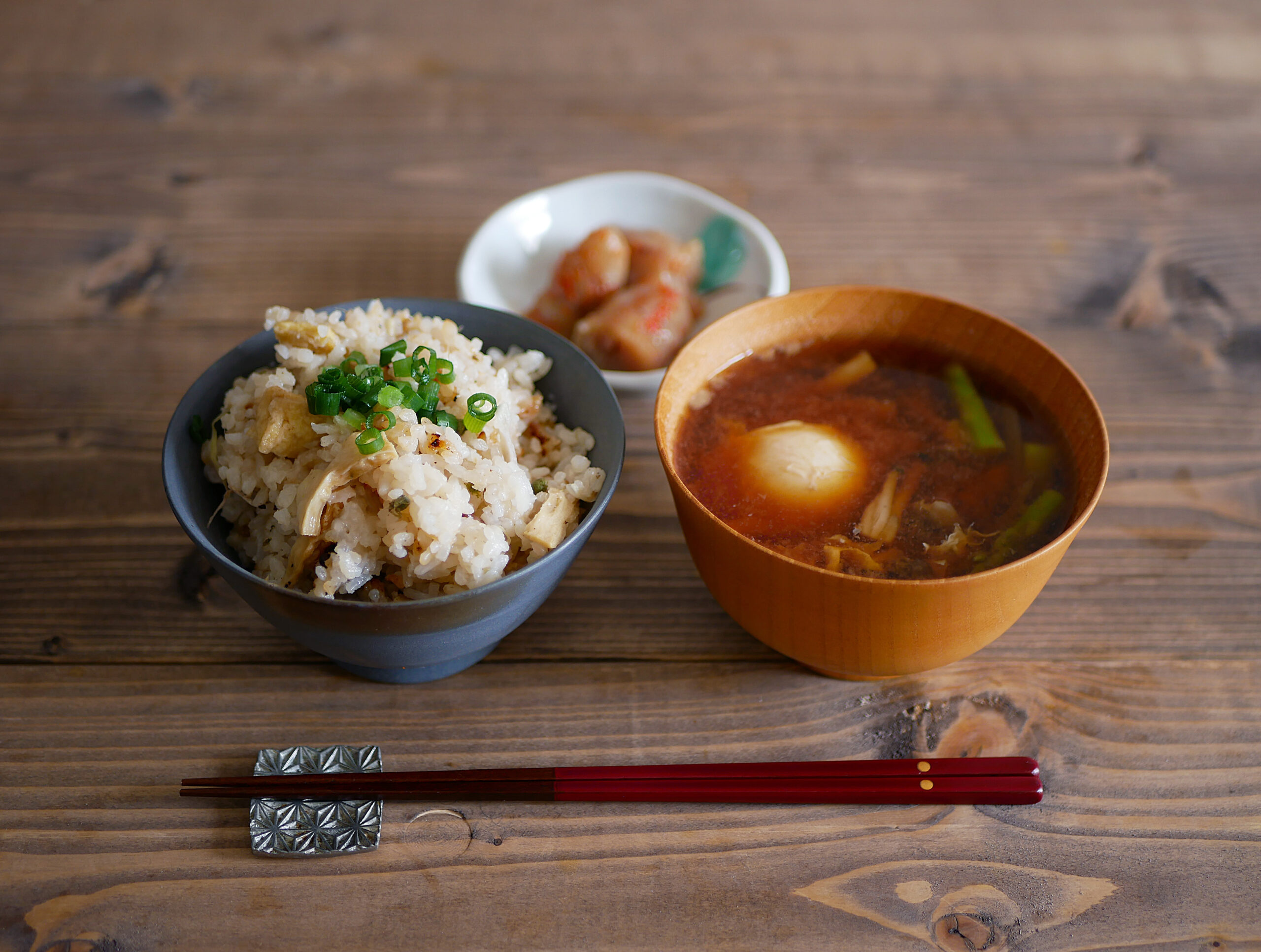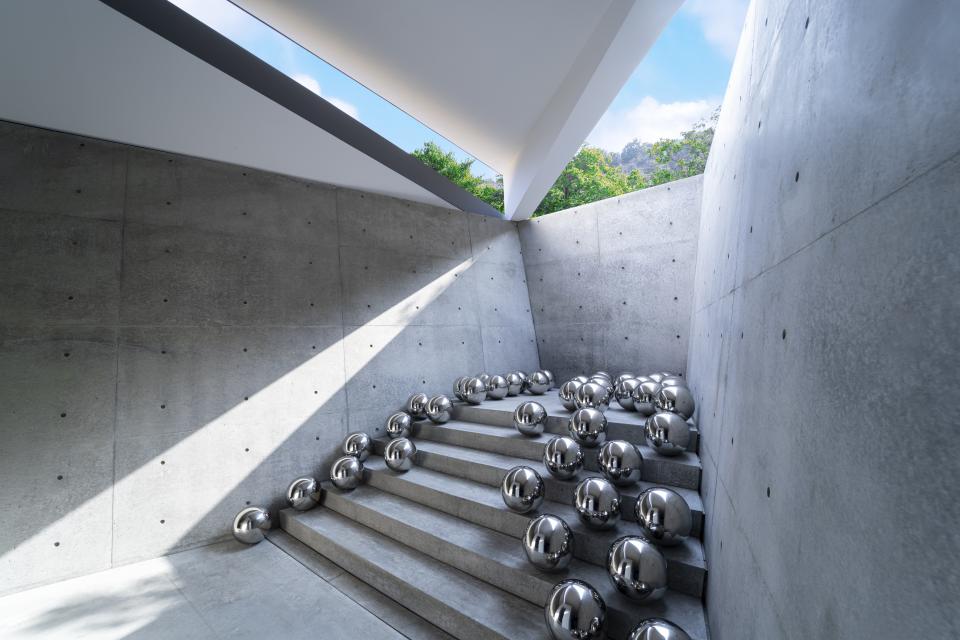Sweets that tell stories in Japan
In Japan, sweets are not just a treat for the palate: they are small works of art that convey the beauty of the seasons, tradition, and hospitality. Among them, wagashi holds a special place. These delicate bites, made primarily with ingredients such as rice, beans, and sugar, aim not only to sweeten but also to evoke sensations, memories, and landscapes.
Each type of wagashi has its own story and aesthetic, and is usually enjoyed alongside a cup of green tea, in harmony with the moment and the season.
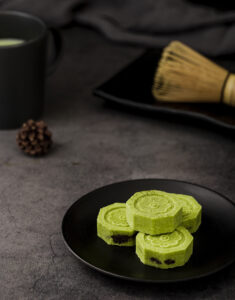
Most Representative Types of Wagashi
- Daifuku (大福)
One of the most well-known outside of Japan. It is a round mochi cake that wraps a sweet filling, such as red bean paste (anko) or fresh fruits like strawberry. Its texture is soft, elastic, and slightly sticky, perfect for those who love the comforting feel of mochi.
- Dorayaki (どら焼き)
Famous thanks to the character of Doraemon, dorayaki consists of two fluffy cakes joined by a filling of anko. It is a relatively modern sweet, but it has already become an indispensable classic.
- Yōkan (羊羹)
A block of dense gelatin made with anko, agar-agar, and sugar. There are more compact versions (neri yōkan) and others that are softer and more refreshing (mizu yōkan), the latter ideal for hot summer days.
- Monaka (最中)
Two crispy wafers of puffed rice that hold inside a filling of anko. The shapes and designs usually vary by season: cherry blossoms in spring, maple leaves in autumn.
- Manjū (饅頭)
A steamed cake with a thin dough made from wheat or rice flour, filled with anko. Its origin has Chinese influences and it is one of the oldest wagashi.
- Nerikiri (練り切り)
The most artistic of all. Made with white bean paste and gyūhi (a softer mochi), it is hand-shaped to imitate flowers, fruits, or symbols that celebrate the season. It is commonly seen in tea ceremonies.
- Kuzumochi (葛餅)
Made with kuzuko flour, it offers a gelatinous and smooth texture. It is usually served cold, accompanied by brown sugar syrup (kuromitsu) and roasted soybean flour (kinako), perfect for refreshing yourself in the summer.
- Higashi (干菓子)
Dry sweets made with refined sugar and starch, with a light and powdery texture. They are usually offered at tea ceremonies, as they pair perfectly with the bitterness of matcha.
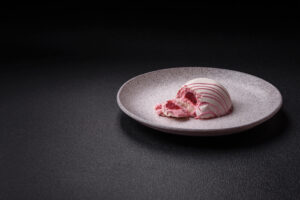
More than sweets: a cultural experience
Trying wagashi is not just about eating a dessert; it is partaking in an aesthetic ritual that connects the diner with nature, the season, and Japanese tradition. Each piece is ephemeral, designed to be enjoyed in the moment, and each bite carries centuries of history and refinement.
If you visit Japan, look for a traditional wagashi shop (wagashiya) or a teahouse. There you will discover that, beyond the flavor, what captivates about wagashi is the art of enjoying the simple… with all five senses.
Or try adding the experience of making wagashi yourself… At Encounter Japan Travel, we can include the experience of preparing wagashi, so you can experience firsthand this incredible art of making sweets.
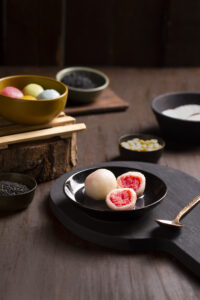
At Encounter Japan Travel, we invite you to experience this tradition as part of our itineraries: learn from master artisans, discover the ingredients behind these creations, and savor these culinary jewels within the cultural context that gives them life. Because traveling to Japan also means sweetening the journey with stories made flavor.
By: Luis E. Hernandez

